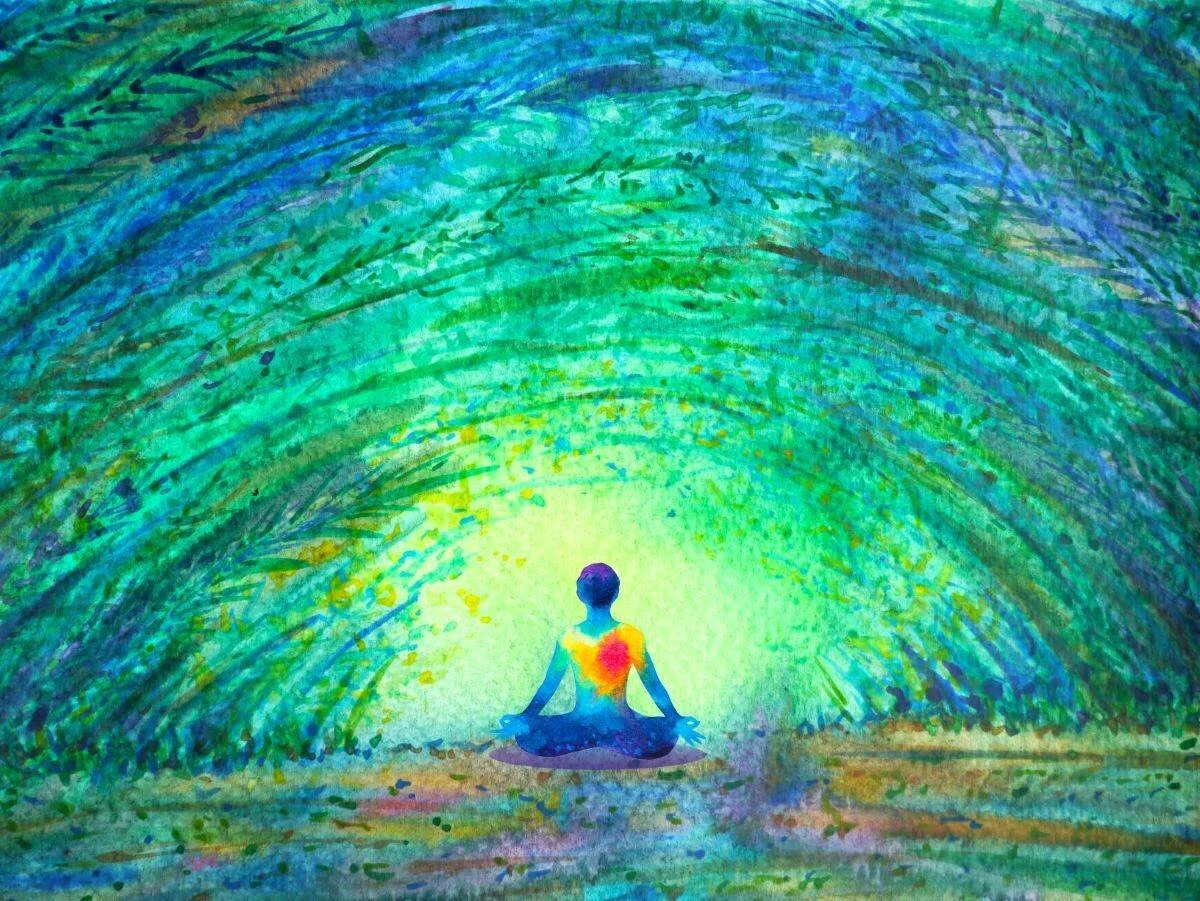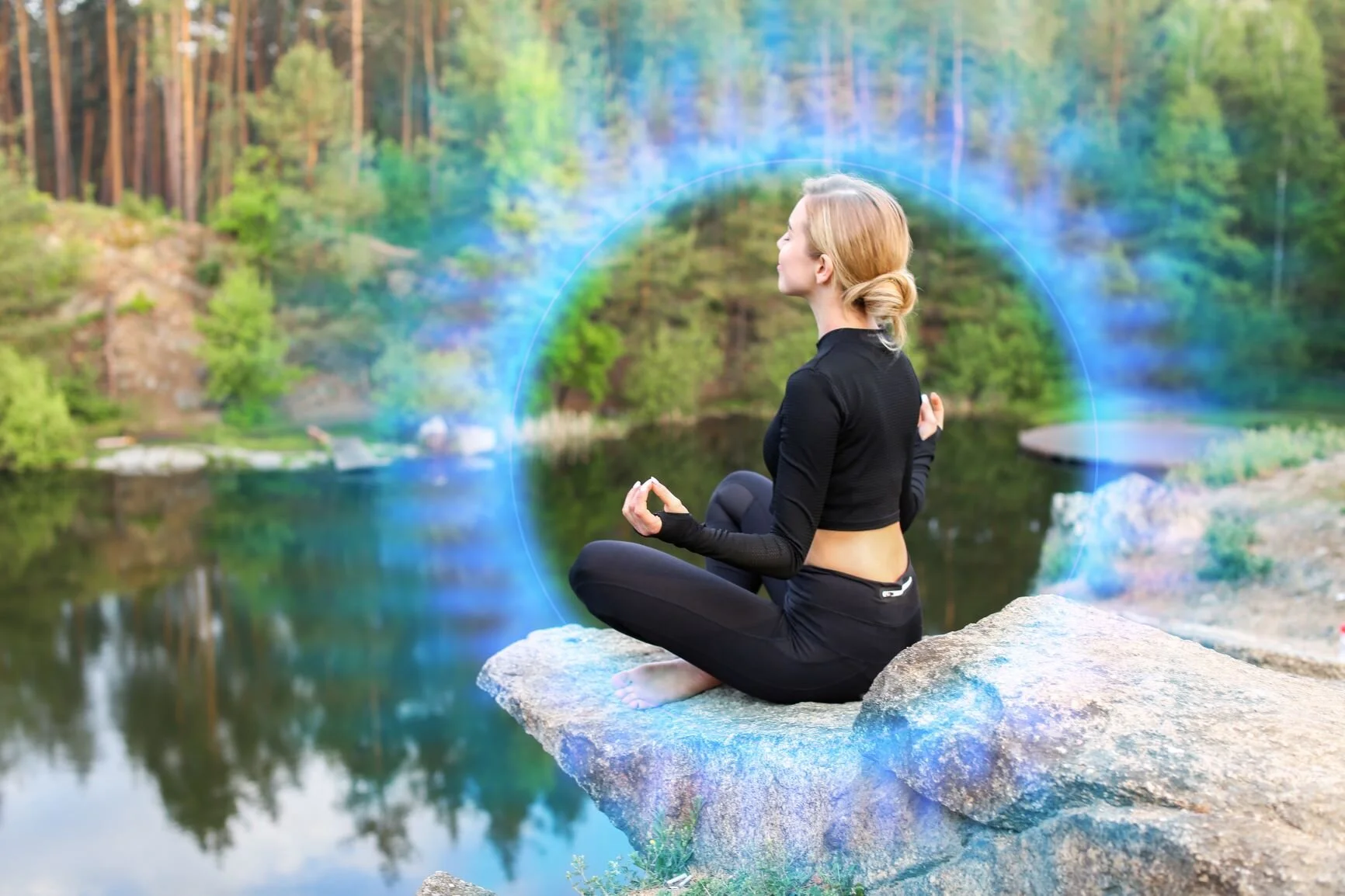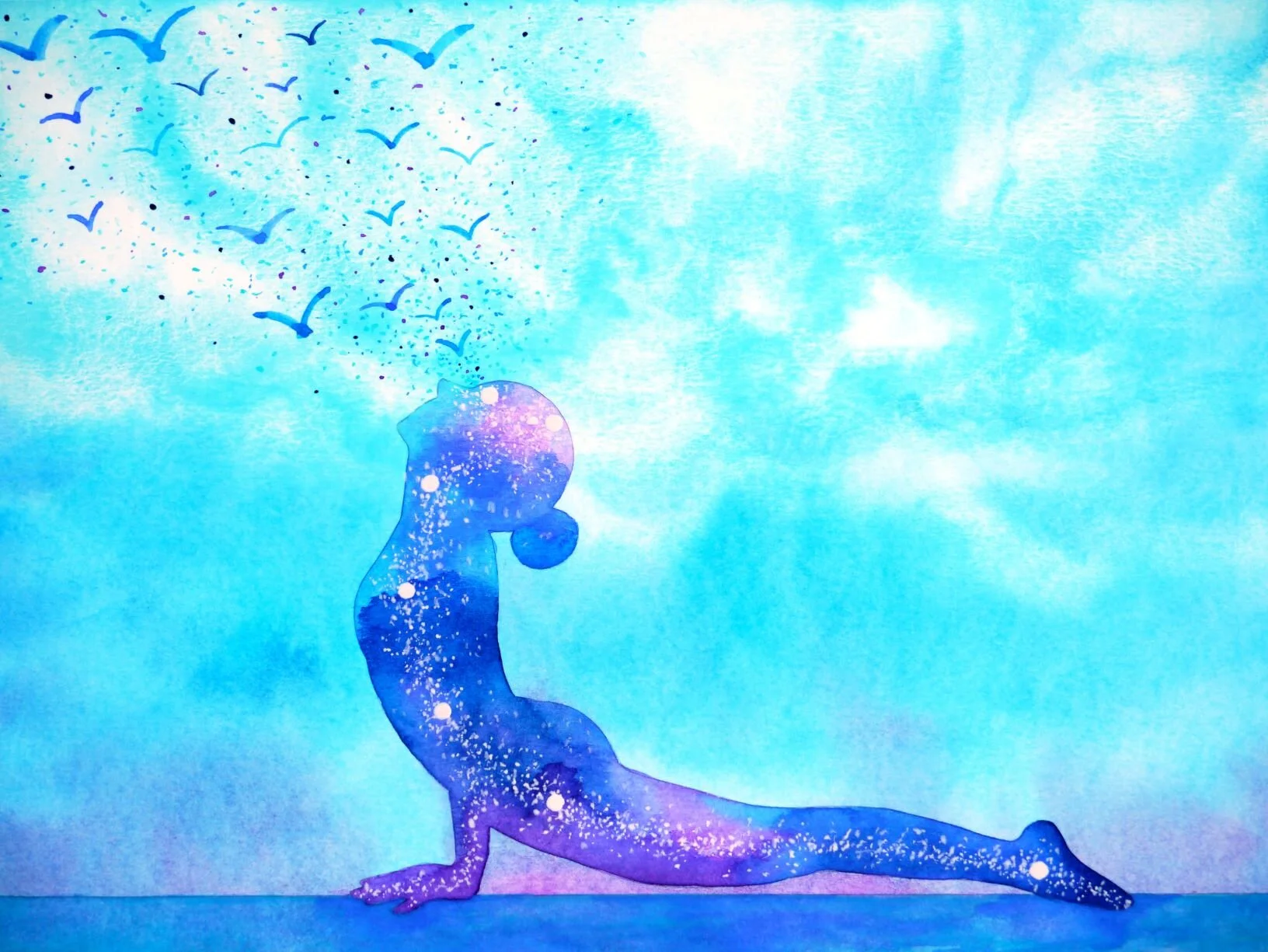When you challenge your body to work, you get fatigued, and then the body rebuilds itself and you come back stronger. Athletes and bodybuilders work this action/rest cycle constantly: it’s called training, and it’s how muscles grow. When you challenge your muscles, the body rebuilds them stronger than before. That is what “working out” is. Lifting weights, exercising, working the body, breaks the tissue down. There are micro-tears. At night, and on your rest days, the body rebuilds the muscles. It can take two days to recover from an intense workout. You may feel sore the next day, and really sore two days later.
I remember being surprised when I learned it is rest that makes you stronger. I’d always assumed it was the workouts that built you up. The trainers say it’s actually rest plus having sufficient nutrition circulating in the body to provide the raw materials for the repairs. The play of opposites is that you want to challenge the body and break it down, just the right amount, and then rest those body parts through sleep and normal use for a couple of days. That’s what makes you stronger.
Working out week after week without sufficient rest time can result in overtraining injuries, which means the body does not have enough time to repair the injuries before you stress it again. This is a known phenomenon in all form of athletic training, and coaches and exercise physiologists have done brilliant work in revealing these rhythms. Athletes who follow their training rhythms get better results with fewer disabling injuries.
In daily life, we do many kinds of workouts, on emotional, social, and informational levels. We challenge ourselves to cope with environments at home and at work, and we can get worn out on many levels. Our rest time is when we heal up and become stronger. I think we can suffer from a kind of “overtraining” fatigue on these other levels, such as emotions and information. Sometimes, we ache with fatigue, tension, or just plain pain that is not just physical. Mostly the pain goes away by itself. There are some forms of pain that stay, and we wonder what that is. This is more than just the usual pain, we find ourselves thinking.
This is where meditation comes in. Among other things, meditation can be a rest much deeper than deep sleep, which we can access in the midst of our day whenever we want. When you rest more deeply than sleep, you can heal more deeply also.
Meditation feels like time out, time off, a brief vacation in which you don’t have to do anything.
You pay attention almost idly, in the gentlest way possible, to some aspect of the body’s self-renewal process, such as breathing , the heart beating, or the relationship of your body to infinity, or any of a million other things. In meditation we enjoy whatever the focus is and rest in it. We do so little that the entire doing structure of the body can reset its circuits.
You place your attention in some aspect of how life renews life, and you rest there. Feed on it, bathe in it, explore it, delight in it, play with it. Nest there. Bond with it. That’s about it. The technique is extremely simple, but what can be elusive is finding the approach you love so much you want to do it, or that is so natural to you that you can do it under almost any circumstance.










